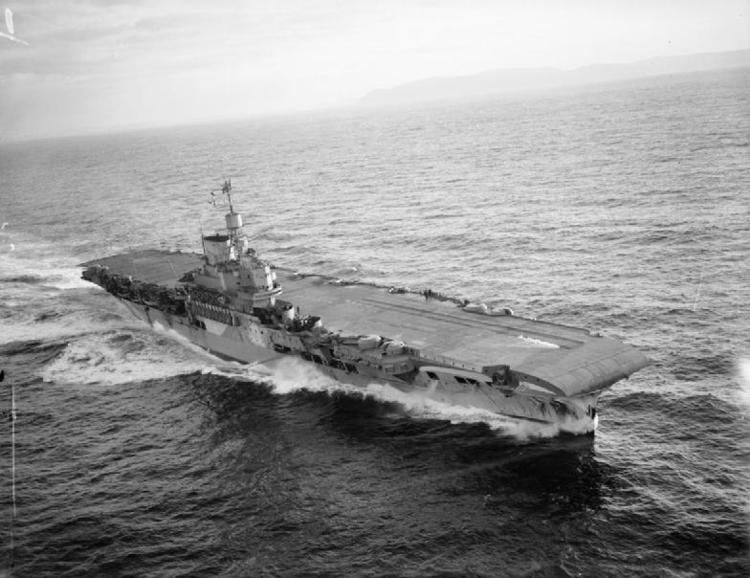Date 25 July 1944 | ||
 | ||
2 aircraft carriers4 battleships6 cruisers10 destroyers2 submarines34-39 fighters Shore defences2 recon aircraft9-10 fighters Unknown human losses1 cruiser damaged2 destroyers damaged2 fighters destroyed Unknown human losses2 recon aircraft destroyed2 fighters destroyed2 fighters damaged Results Limited Allied operational success Similar World War II, Battle of Réunion, Run for Tunis, Battle of Gabon, Operation Meridian | ||
Operation crimson skies iv airsoft cinematic
Operation Crimson was a British-led naval operation in World War II, the objective being simultaneous naval bombardment and aerial strikes on Japanese airfields in the Indonesian cities of Sabang, Lhoknga and Kutaraja, to be launched from aircraft carriers in the Indian Ocean on 25 July 1944.
Contents
Plan
Unlike some earlier operations which had used small forces for harassment and diversion of the Japanese, Operation Crimson was "a full-blooded operation" designed to "make a mess of the air base and harbour installations and wreck any vessels found sheltering there."
Sailing from Trincomalee, under the command of Admiral James Somerville, were two aircraft carriers (HMS Victorious and Illustrious) with four battleships HMS Queen Elizabeth, HMS Valiant, HMS Renown, and the French battleship Richelieu, as well as six cruisers (Ceylon, Cumberland, Gambia, Nigeria, Phoebe, Tromp), with ten destroyers (Quality, Quickmatch, Quilliam, Racehorse, Raider, Rapid, Relentless, Rocket, Roebuck, Rotherham) supported by two submarines (Templar, Tantalus).
Attack
The aircraft carriers launched 34–39 Vought F4U Corsair fighters, under Lieutenant Commander Frederick Richard Arnold Turnbull. In spite of a five minute delay, it was too dark for the planes to accurately strafe the air fields, so instead they attacked large buildings within the vicinity. Japanese AA defences shot down a single Corsair, though the pilot was rescued.
The battleships, aided by aircraft from Illustrious, bombarded Sabang harbour installations and the local barracks from afar. The cruisers attacked shore batteries and a wireless station, while the destroyers focused on a radar station.
Following the main bombardment, Tromp, Quality, Quickmatch, and Quilliam under Captain Richard Onslow entered the harbor at Sabang and shelled Japanese positions. Coastal artillery damaged all but the Quickmatch, causing some casualties and killing a war correspondent.
As the task force withdrew, two Japanese aircraft tried to shadow, but both were intercepted and shot down. Later in the afternoon, 9–10 A6M "Zero" fighters engaged 13 Corsairs. The British destroyed two fighters and damaged two more.
Aftermath
The Allies lost a total of two Corsairs during the operation. A report of the raid states:
The force arrived at flying off position in the early hours of Tuesday 25 July and at 4am the capital ships were detached to bombard Sambang along with Cumberland, Kenya and Nigeria. At 5.25am the two carriers launched their aircraft. The raid was a success with a great deal of damage done to the Japanese forces.
Operation Crimson was the final event of Admiral Somerville's military command before concerns about his health forced his transfer to diplomatic duty.
